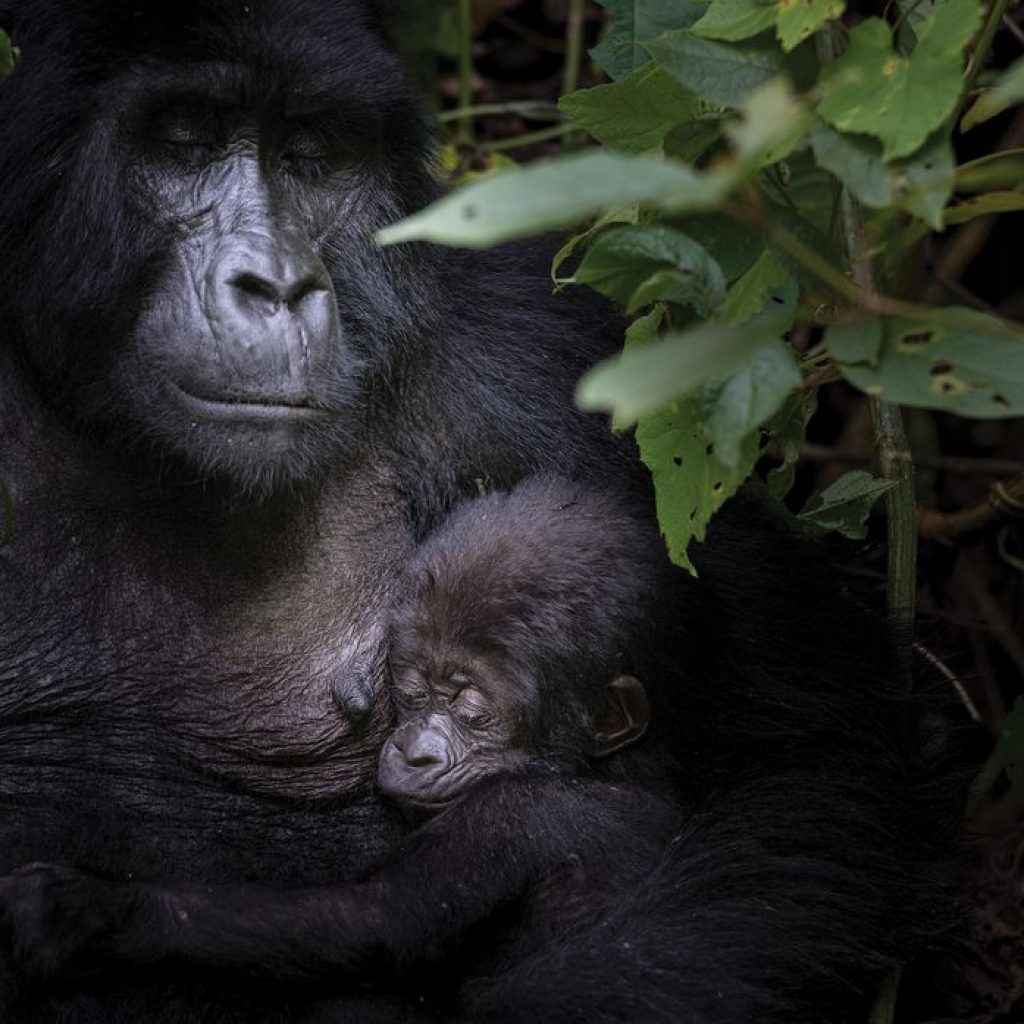
Mountain gorillas, today one of the most beloved wild animals on the planet, were little known four decades ago when the American primatologist Dian Fossey, commenting on a spate of brutal killings by poachers, warned that only around 220 of the animals were left. “The mountain gorilla faces a grave danger of extinction—primarily because of the encroachments of native man upon its habitat,” she wrote. Her 1983 book, Gorillas in the Mist, an affecting blend of field journal and memoir, and especially the 1988 feature movie of the same name, brought global attention to the animal’s plight. By then, as all the world was shocked to learn, Fossey, too, had been murdered, in her cabin in Karisoke, a research site in the Virunga Mountains of Rwanda.
She would not be the last person to put her life on the line for this noble creature: In the past 20 years, more than 175 park rangers in the Democratic Republic of Congo’s Virunga National Park, home to many of the world’s mountain gorillas, have been killed in the line of duty, with eight gunned down in 2018 and another killing last year. The park’s director himself, Emmanuel de Merode, survived an attempted assassination in 2014, just hours after submitting a report on illegal oil exploration in the park. Years after Fossey sounded the alarm, the killing of mountain gorillas continued. In 2007, Congolese mafia henchmen executed seven of the animals, reportedly to discourage officials from enforcing bans on producing charcoal in the park. Brent Stirton’s photograph of park rangers carrying the giant corpse of the silverback Senkwekwe stunned the world, renewing speculation that the mountain gorilla might not survive the rapaciousness of its primate cousin, Homo sapiens.





About The Author: David DiGregorio
More posts by David DiGregorio